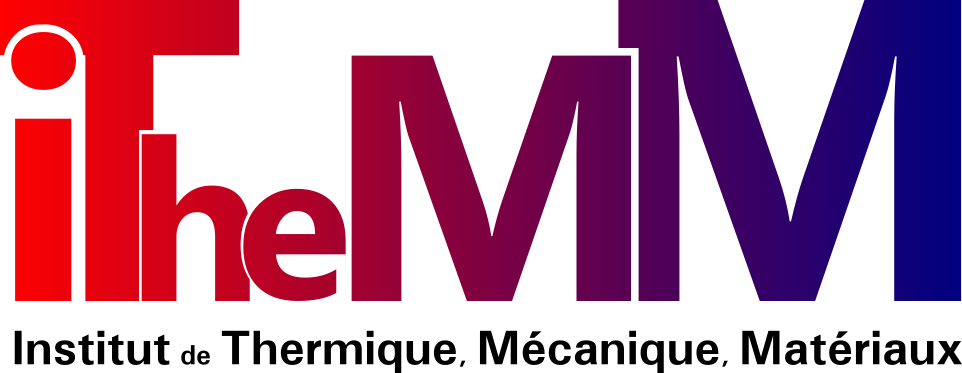Understanding the tasting of champagne and other sparkling wines from a scientific perspective
Résumé
From uncorking the bottle to the bursting of bubbles in the glass, the science behind the tasting of champagne and other sparkling wine is both traditional and at the forefront of modern developments. The strong interaction between the various parameters at play in a bottle and in a glass of sparkling wine has been the subject of study for around two decades. Indeed, sparkling wine tasting is often seen as the pinnacle of glamor and frivolity for most people, but it should also be considered as a fantastic playground for chemists and physicists to explore the subtle science behind this centuries-old drink, whose prestige today goes well beyond the borders of Champagne and France. This article offers an overview of the physicochemical processes that mark a tasting of champagne or sparkling wine in the broad sense, from the cork popping out of the bottleneck to the formation and bursting of bubbles in your glass, including the choice of the glass and how to serve and drink the wine correctly.
| Origine | Publication financée par une institution |
|---|---|
| licence |





